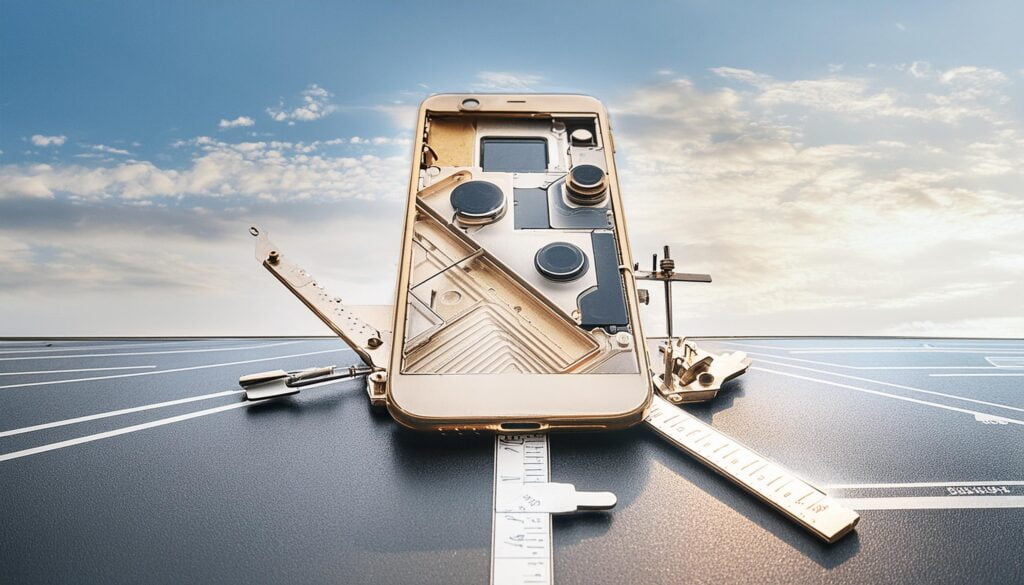
In the world of smartphones, body dimensions are a crucial aspect that impacts everything from design aesthetics to user experience. Understanding how these dimensions are calculated and their significance can help consumers make informed choices about their devices. This article delves into the intricacies of phone body dimensions, explaining their calculation and importance.
What Are Phone Body Dimensions?
Phone body dimensions refer to the physical measurements of a smartphone, typically represented by three key figures: height, width, and depth (or thickness). These dimensions are usually measured in millimeters (mm) and give a precise description of the phone’s size.
For example, a phone might have dimensions of 150 mm (height) x 70 mm (width) x 8 mm (depth). These numbers provide a clear idea of the phone’s size and how it will fit in your hand, pocket, or bag.
How Are Phone Body Dimensions Calculated?
Calculating phone body dimensions involves precise measurements taken from various points on the device. Here’s a breakdown of how each dimension is determined:
- Height: This is measured from the top edge to the bottom edge of the phone. It’s the longest side of the rectangular shape of most smartphones.
- Width: The width is measured from one side edge to the other side edge, perpendicular to the height. It’s the second longest side.
- Depth (Thickness): The depth is measured from the front to the back of the phone. This dimension indicates how thick or slim the device is.
These measurements are typically taken using calipers or precision measurement tools to ensure accuracy. Manufacturers often publish these dimensions in the phone’s specifications, providing consumers with essential information before making a purchase.
Why Phone Body Dimensions Matter
- Ergonomics and Usability: The dimensions of a phone significantly affect its ergonomics and usability. A phone that is too large might be difficult to hold and use with one hand, while a phone that is too small might not provide a satisfactory viewing experience. Dimensions help users determine if a phone will be comfortable to use daily.
- Portability: A phone’s size determines its portability. Slim and compact phones are easier to carry around, fitting comfortably in pockets and small bags. Larger phones, while offering bigger screens, might require more substantial carrying solutions.
- Design and Aesthetics: The overall look and feel of a phone are heavily influenced by its dimensions. Sleek and slim designs are often more appealing to consumers and can be a key selling point for manufacturers.
- Compatibility with Accessories: Knowing the exact dimensions of a phone is essential for compatibility with accessories like cases, screen protectors, and holders. Accessories are designed based on these dimensions to ensure a perfect fit.
- Performance and Battery Life: While not directly related to the physical dimensions, the size of a phone can impact its internal components. Larger phones can house bigger batteries and more extensive cooling systems, potentially offering better performance and battery life.
The Future of Phone Body Dimensions
As technology advances, the trend in phone body dimensions continues to evolve. Manufacturers are striving to balance large, high-resolution displays with slim and ergonomic designs. Innovations like foldable screens and bezel-less displays are pushing the boundaries of what is possible, offering larger screen areas without significantly increasing the device’s overall dimensions.
Conclusion
Understanding phone body dimensions and how they are calculated provides valuable insights into a device’s design, usability, and overall user experience. Whether you prioritize portability, ergonomic design, or simply prefer a larger display, knowing the dimensions can help you choose the right smartphone for your needs. As the smartphone industry continues to innovate, we can expect even more exciting developments in the dimensions and designs of future devices.